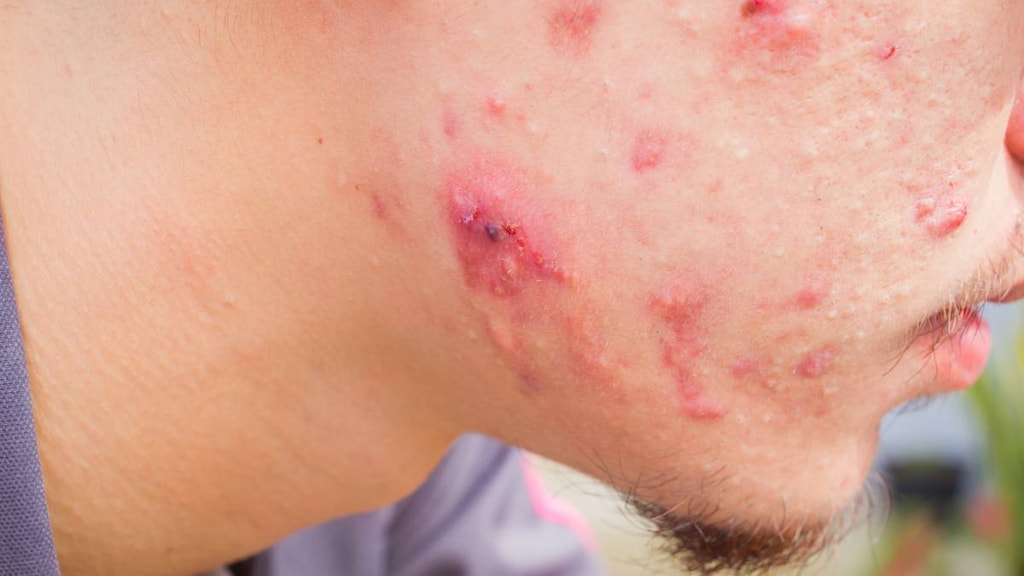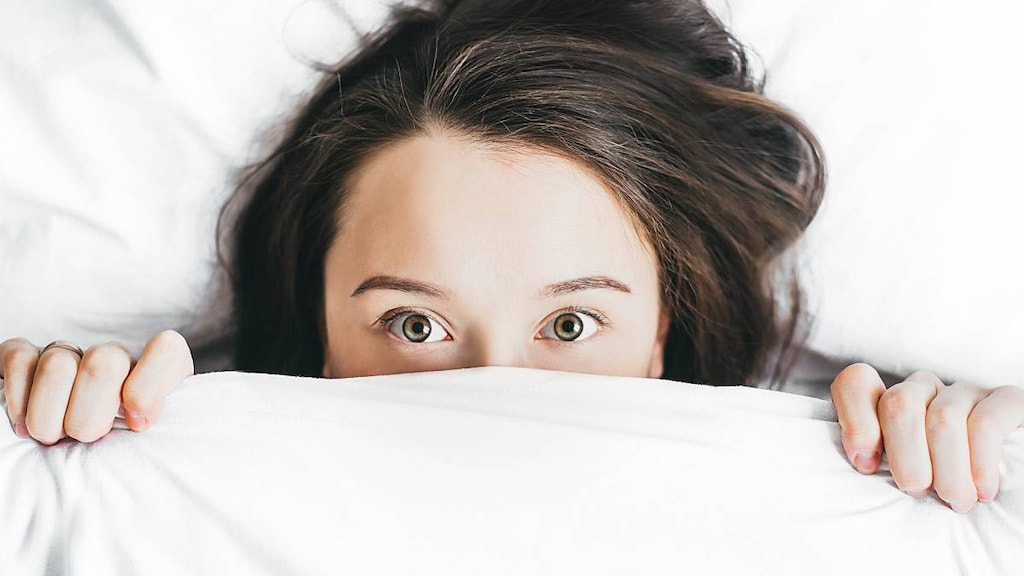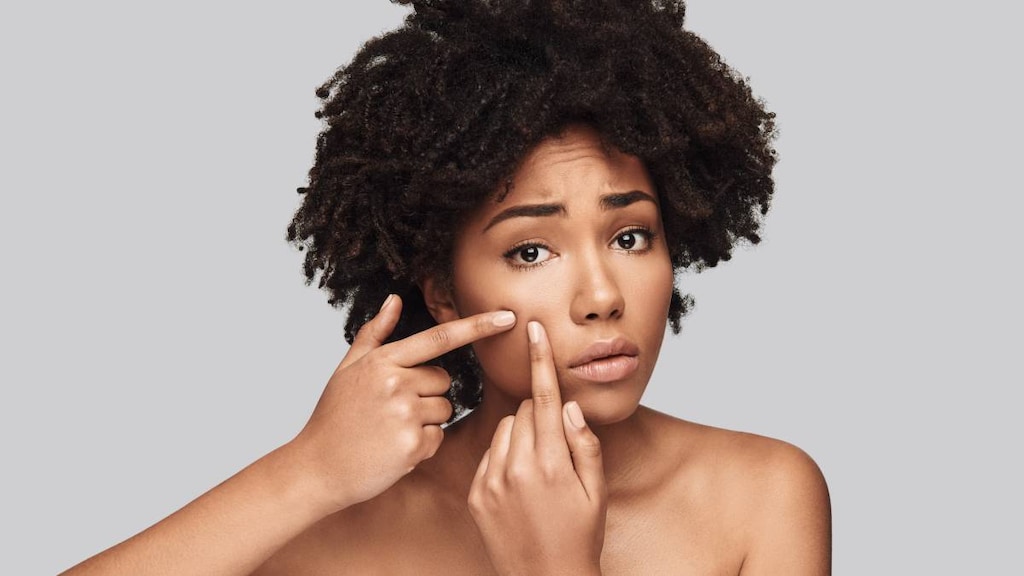Dosage Forms
Excipient information presented when available (limited, particularly for generics); consult specific product labeling. [DSC] = Discontinued product
Gel, External:
Acanya: Clindamycin phosphate 1.2% and benzoyl peroxide 2.5% (50 g) [contains propylene glycol]
BenzaClin: Clindamycin phosphate 1% and benzoyl peroxide 5% (25 g)
BenzaClin with Pump: Clindamycin phosphate 1% and benzoyl peroxide 5% (35 g, 50 g)
Duac: Clindamycin phosphate 1.2% and benzoyl peroxide 5% (45 g [DSC]) [contains edetate disodium, methylparaben]
Neuac: Clindamycin phosphate 1.2% and benzoyl peroxide 5% (45 g) [contains methylparaben, propylparaben]
Onexton: Clindamycin phosphate 1.2% and benzoyl peroxide 3.75% (3.5 g, 50 g) [contains propylene glycol]
Generic: Clindamycin phosphate 1% and benzoyl peroxide 5% (25 g, 35 g, 50 g); Clindamycin phosphate 1.2% and benzoyl peroxide 2.5% (50 g); Clindamycin phosphate 1.2% and benzoyl peroxide 5% (45 g)
Kit, External:
Neuac: Clindamycin phosphate 1.2% and benzoyl peroxide 5% [contains cetyl alcohol, edetate disodium, methylparaben, propylparaben]
Pharmacology
Mechanism of Action
Benzoyl peroxide: Releases free-radical oxygen, which oxidizes bacterial proteins in the sebaceous follicles, decreasing the number of anaerobic bacteria and decreasing irritating-type free fatty acids.
Clindamycin: Reversibly binds to 50S ribosomal subunits preventing peptide bond formation thus inhibiting bacterial protein synthesis; bacteriostatic or bactericidal depending on drug concentration, infection site, and organism.
Use: Labeled Indications
Acne: Topical treatment of acne vulgaris
Use: Off Label
Rosaceab
Data from a small vehicle-controlled trial suggest that topical clindamycin in combination with benzoyl peroxide may be beneficial for the treatment of moderate to severe inflammatory rosacea
Contraindications
Hypersensitivity to benzoyl peroxide, clindamycin, lincomycin, or any component of the formulation; history of regional enteritis, ulcerative colitis, pseudomembranous colitis or antibiotic-associated colitis
Dosage and Administration
Dosing: Adult
Acne: Topical:
Clindamycin 1.2%/benzoyl peroxide 2.5%: Apply pea-sized amount to affected area once daily; use >12 weeks has not been studied.
Clindamycin 1.2%/benzoyl peroxide 3.75%: Apply pea-sized amount to affected area once daily; use >12 weeks has not been studied.
Clindamycin 1%/benzoyl peroxide 5%: Apply to affected area twice daily (morning and evening).
Inflammatory acne: Topical: Clindamycin 1.2%/benzoyl peroxide 5%: Apply to affected area once daily in the evening.
Rosacea (off-label use): Topical: Clindamycin 1%/benzoyl peroxide 5%: Apply to affected area once daily for 12 weeks (Leyden 2004)
Dosing: Geriatric
Refer to adult dosing.
Dosing: Pediatric
Acne vulgaris: Topical: Children ≥7 years and Adolescents: Limited data available in ages <12 years (Eichenfeld 2013):
Clindamycin 1.2%/benzoyl peroxide 2.5%: Apply pea-sized amount to affected area once daily; use >12 weeks has not been studied
Clindamycin 1.2%/benzoyl peroxide 3.75%: Apply pea-sized amount to affected area once daily; use >12 weeks has not been studied
Clindamycin 1%/benzoyl peroxide 5%: Apply to affected area twice daily (morning and evening)
Inflammatory acne: Topical: Children ≥12 years and Adolescents: Clindamycin 1.2%/Benzoyl peroxide 5%: Apply to affected area once daily in the evening
Reconstitution
BenzaClin: Prior to dispensing, tap the vial until powder flows freely. Reconstitute clindamycin with purified water; shake well. Add clindamycin solution to benzoyl peroxide gel and stir until homogenous (60 to 90 seconds).
Administration
Skin should be clean and dry before applying. For external use only; avoid applying to inside nose, mouth, eyes, vagina, mucous membranes, and on areas of broken skin.
Storage
Acanya: Prior to dispensing, store in refrigerator, between 2°C to 8°C (36°F to 46°F); do not freeze. Once dispensed, store at room temperature of ≤25°C (≤77°F), protect from freezing, and use within 10 weeks.
BenzaClin: Store unreconstituted product at room temperature of ≤25°C (≤77°F); do not freeze. Once reconstituted and dispensed, store at room temperature of ≤25°C (≤77°F) and use within 3 months.
Duac: Prior to dispensing, store in refrigerator, between 2°C to 8°C (36°F to 46°F); do not freeze. Once dispensed, store at room temperature of ≤25°C (≤77°F), protect from freezing, and use within 60 days.
Onexton: Prior to dispensing, store in a refrigerator at 2°C to 8°C (36°F to 46°F). Once dispensed, store at or below 25°C (77°F). Protect from freezing.
Drug Interactions
Dapsone (Topical): Benzoyl Peroxide may enhance the adverse/toxic effect of Dapsone (Topical). Specifically, the use of these agents in combination may cause skin and facial hair to temporarily turn a tan or yellow/orange color. Monitor therapy
Erythromycin (Systemic): May diminish the therapeutic effect of Clindamycin (Topical). Avoid combination
Erythromycin (Topical): May diminish the therapeutic effect of Clindamycin (Topical). Avoid combination
Isotretinoin (Topical): Benzoyl Peroxide may diminish the therapeutic effect of Isotretinoin (Topical). Consider therapy modification
Neuromuscular-Blocking Agents: Clindamycin (Topical) may enhance the neuromuscular-blocking effect of Neuromuscular-Blocking Agents. Monitor therapy
Adverse Reactions
Also see individual agents.
>10%:
Dermatologic: Application site scaling (≤21%), local dryness (≤16%)
Local: Application site erythema (<31%), local desquamation (2% to 19%), application site itching (≤17%)
1% to 10%:
Dermatologic: Stinging of the skin (application site: ≤7%), sunburn (local; 1%)
Local: Application site burning (≤10%), application site reaction (3%)
<1%, postmarketing, and/or case reports: Anaphylaxis, application site irritation, application site pain, contact dermatitis, hypersensitivity reaction, local discoloration, local skin exfoliation, skin rash, urticaria
Warnings/Precautions
Concerns related to adverse effects:
- Bleaching effects: Benzoyl peroxide may bleach hair, colored fabric, or carpeting.
- Diarrhea: Systemic absorption may occur after topical use of clindamycin. C. difficile-associated diarrhea (CDAD) and pseudomembranous colitis have been reported and have been observed >2 months postantibiotic treatment. Use of parenteral and systemic clindamycin has resulted in severe colitis (including fatalities). Discontinue drug if significant diarrhea, abdominal cramps, or passage of blood and mucus occurs.
- Hypersensitivity: Anaphylaxis and allergic reactions have been reported, may occur within minutes to a day or longer, and differ from local skin irritation.
- Skin irritation: Use concomitant topical acne therapy with caution; cumulative irritancy may occur, especially with the use of peeling, desquamating, or abrasive agents.
Concurrent drug therapy issues:
- Drug-drug interactions: Potentially significant interactions may exist, requiring dose or frequency adjustment, additional monitoring, and/or selection of alternative therapy. Consult drug interactions database for more detailed information.
- Sulfone products: Concomitant use of benzoyl peroxide with sulfone products (eg, dapsone, sulfacetamide) may cause temporary discoloration (yellow/orange) of facial hair and skin. Application of products at separate times during the day or washing off benzoyl peroxide prior to application of other products may avoid skin discoloration (Dubina 2009).
Other warnings/precautions:
- Appropriate use: For external use only; not for vaginal or ophthalmic use. Avoid contact with mucous membranes. Inform patients to use skin protection and minimize prolonged exposure to sun and avoid tanning beds or sun lamps.
Pregnancy
Pregnancy Risk Factor
C
Pregnancy Considerations
Animal reproduction studies have not been conducted with this combination. Refer to individual monographs.
Patient Education
What is this drug used for?
- It is used to treat pimples (acne).
Frequently reported side effects of this drug
- Dry skin
- Itching
Other side effects of this drug: Talk with your doctor right away if you have any of these signs of:
- Severe skin irritation
- Clostridium difficile (C. diff)-associated diarrhea like abdominal pain or cramps, severe diarrhea or watery stools, or bloody stools
- Signs of a significant reaction like wheezing; chest tightness; fever; itching; bad cough; blue skin color; seizures; or swelling of face, lips, tongue, or throat.
Note: This is not a comprehensive list of all side effects. Talk to your doctor if you have questions.
Consumer Information Use and Disclaimer: This information should not be used to decide whether or not to take this medicine or any other medicine. Only the healthcare provider has the knowledge and training to decide which medicines are right for a specific patient. This information does not endorse any medicine as safe, effective, or approved for treating any patient or health condition. This is only a brief summary of general information about this medicine. It does NOT include all information about the possible uses, directions, warnings, precautions, interactions, adverse effects, or risks that may apply to this medicine. This information is not specific medical advice and does not replace information you receive from the healthcare provider. You must talk with the healthcare provider for complete information about the risks and benefits of using this medicine.




